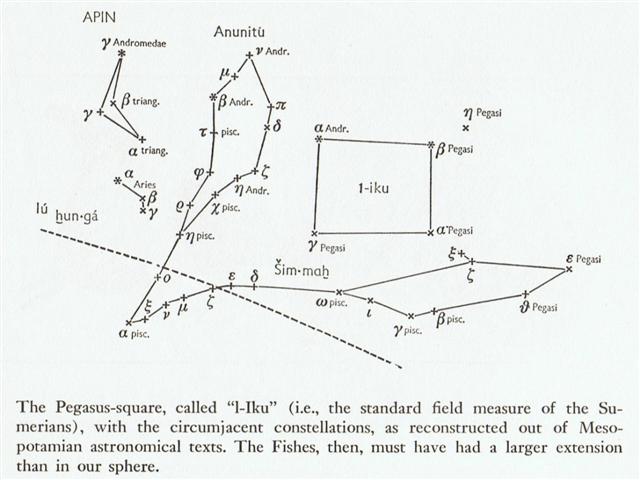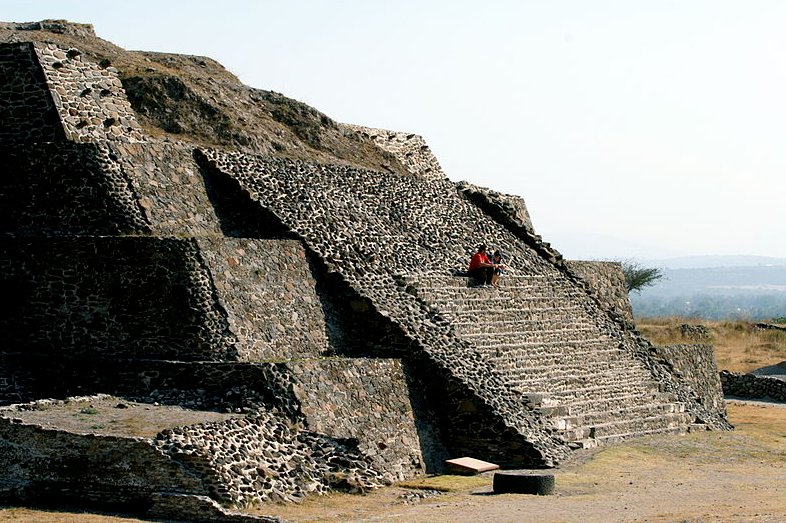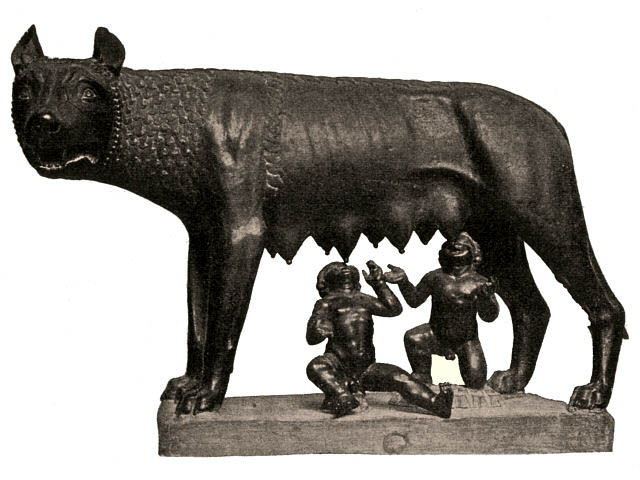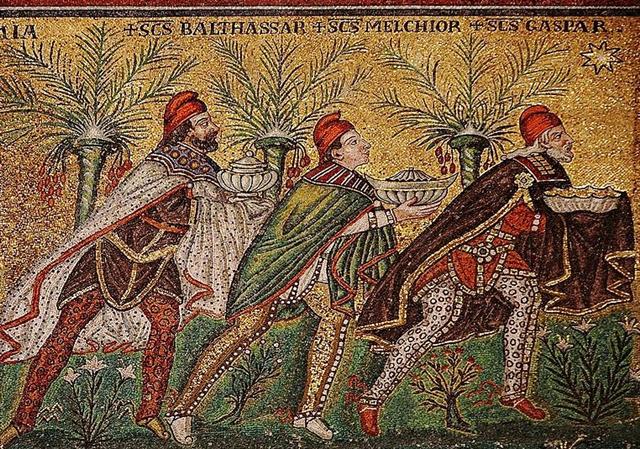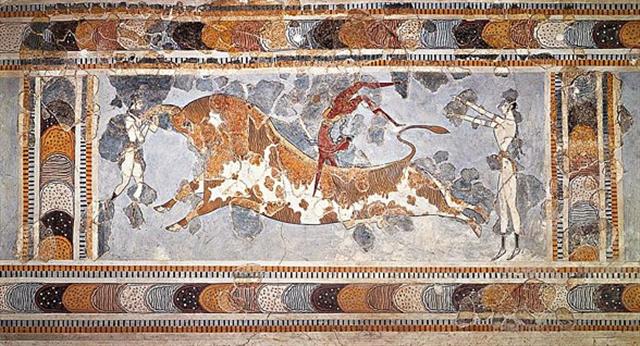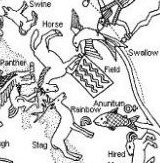259. Once again. Possibly the C tablet was designed to have 740 glyphs because twice 354 + twice 16 = 740 right ascension days and 348 (number of glyphs on side b) + 16 = 364. ... At the time of rongorongo Vega was located in December 27 (361 = 19 * 19) and this was around 71 * 281.8 = 20000 years before her position at 0h. The creator of the C text appears to have used another point of origin, *281 - *265 = *16 days later (and 20000 - 71 * 16 = 18864). However, Mintaka (the first to rise star in the Belt of Orion) was returning to visibility when the Full Moon reached the right ascension line defined from Vega. 402 (6 February) + 16 = 418 (2-22) ...
On side a the number of glyphs (392) - 16 = 376, but by counting also the position of day zero the number becomes 377 (i.e. 378 as in the circuit of Saturn - 1):
... The ordinary year in the previous Roman calendar consisted of 12 months, for a total of 355 days. In addition, a 27-day intercalary month, the Mensis Intercalaris, was sometimes inserted between February and March. This intercalary month was formed by inserting 22 days after the first 23 or 24 days of February; the last five days of February, which counted down toward the start of March, became the last five days of Intercalaris. The net effect was to add 22 or 23 days to the year, forming an intercalary year of 377 or 378 days ... Immediately beyond day number 36 (= 401 = 365 + 36 = 377 + 24), when in 5 February Hun-Nal-Ye had entered the scene, ... the Palenque scribes repeated Creation again and described it as 'it was made visible, the image at Lying-down-Sky, the First-Three-Stone-Place'. Then we learned that five hundred and forty-two days later (1.9.2 in the Maya system), Hun-Nal-Ye 'entered or became the sky' (och ta chan). This 'entering' event occurred on February 5, 3112 BC ... a place with 3 'stone heaps' (pyramids) began in June 11 (162), i.e. in the first day of the month of Jus Piter (Father Light). ... One of the youths said to Ira, 'Why do we want heaps of stone?' Ira replied, 'So that we can all ask the stones to do something.' They took (the material) for the stone heaps (pipi horeko) and piled up six heaps of stone at the outer edge of the cave. Then they all said to the stone heaps, 'Whenever he calls, whenever he calls for us, let your voices rush (to him) instead of the six (of us) (i.e., the six stone heaps are supposed to be substitutes for the youths). They all drew back to profit (from the deception) (? ki honui) and listened. A short while later, Kuukuu called. As soon as he had asked, 'Where are you?' the voices of the stone heaps replied, 'Here we are!' All (the youths) said, 'Hey, you! That was well done!' ... 162 (June 11) - 84 (Julian equinox) = 78 = 1/10 * 780 (circuit of Mars). The Gregorian equinox came 4 days too early compared to the Julian equinox and 80 (March 21, 0h) + 78 (= 3 * 26) = 158 (June 7), where according to Metoro the rare and precious Toromiro tree of Easter Island once upon a time had thrived down in the waters (kua noho te vai) of Rano Kau.
This had been in APRIL 4 (10 days after the Julian equinx in MARCH 25) and 64 right ascension days of precession earlier than the time of rongorongo, i.e. around 64 * 71 = 4544 years ago, or around 2700 BC when the 3 great 'stone heaps' on the Giza Plateau had been built on the west bank of the Nile.
The circuit of Mars was 402 (= 780 - 378) days longer than the circuit of Saturn (the great time giver),
and the empty hand outstretched in front in Cb10-9 could have illustrated this fact, because 6 February was day 365 + 31 (January) + 6 = 402, and a new circuit of Mars would then begin, which seems to be affirmed by the drawing of a 'sun fist' in Cb10-10: ... The practice of turning down the fingers, contrary to our practice, deserves notice, as perhaps explaining why sometimes savages are reported to be unable to count above four. The European holds up one finger, which he counts, the native counts those that are down and says 'four'. Two fingers held up, the native counting those that are down, calls 'three'; and so on until the white man, holding up five fingers, gives the native none turned down to count. The native is nunplussed, and the enquirer reports that savages can not count above four ... In day 4 after 5 February, according to the crooked Gregorian calendar 'canoe' which had omitted to adjust for the precession from the time of Caesar to the Council of Nicaea, ... Taetagaloa [Not-Tagaroa] goes right over there and steps forward to the stern of the canoe saying - his words are these: 'The canoe is crooked.' (kalo ki ama). Instantly Likāvaka is enraged at the words of the child. Likāvaka says: 'Who the hell are you to come and tell me that the canoe is crooked?' Taetagaloa replies: 'Come and stand over here and see that the canoe is crooked.' Likāvaka goes over and stands right at the place Taetagaloa told him to at the stern of the canoe. Looking forward, Taetagaloa is right, the canoe is crooked. He slices through all the lashings of the canoe to straighten the timbers. He realigns the timbers. First he must again position the supports, then place the timbers correctly in them, but Kuikava the son of Likāvaka goes over and stands upon one support. His father Likāvaka rushes right over and strikes his son Kuikava with his adze. Thus Kuikava dies. Taetagaloa goes over at once and brings the son of Likāvaka, Kuikava, back to life. Then he again aligns the supports correctly and helps Likāvaka in building the canoe. Working working it is finished ... ... When Julius Caesar established his calendar in 45 BC he set March 25 (3-25) as the spring equinox. Since a Julian year (365.25 days) is slightly longer than an actual year the calendar drifted with respect to the equinox, such that the equinox was occurring on about 21 March in AD 300 and by AD 1500 it had reached 11 March. This drift induced Pope Gregory XIII to create a modern Gregorian calendar. The Pope wanted to restore the edicts concerning the date of Easter of the Council of Nicaea of AD 325 ... the Chorti diviners began to look for 5 proper stones in order to build their new quincunx map of the year, in form like a pyramid.
Day 14 counted from the place of the pyramid of Khufu (corresponding to June 11) the Full Moon was at λ Sagittarii ('Lacie') which was half a year away from June 25 = the day after Father Light (the Oak, Jupiter) had been burnt alive. However, it seems as if the Mayas had chosen July 11 at Cancer instead of Gemini and June 11 a month earlier, because their drawing in form like λ was at Cancer and at Gemini the form was like that of henua (Land). Darkness (death) could only appear after light (life) had arrived.
... Men's spirits were thought to dwell in the Milky Way between incarnations. This conception has been handed down as an Orphic and Pythagorean tradition fitting into the frame of the migration of the soul. Macrobius, who has provided the broadest report on the matter, has it that souls ascend by way of Capricorn, and then, in order to be reborn, descend again through the 'Gate of Cancer'. Macrobius talks of signs; the constellations rising at the solstices in his time (and still in ours) were Gemini and Sagittarius: the 'Gate of Cancer' means Gemini ... 16 days beyond June 11 (and Khufu) was day 161 + 16 = 177 (= 6 * 29½), when the Full Moon was at day 360 (December 26):
361 (December 27) - 163 (June 12) = 11 * 18. The season originating at the Stag's Head (Heka)
evidently ended - or rather was reversed (163 → 361) - at Vega:
... A sidelight falls upon the notions connected with the stag by Horapollo's statement concerning the Egyptian writing of 'A long space of time: A Stag's horns grow out each year. A picture of them means a long space of time.' Chairemon (hieroglyph no. 15, quoted by Tzetzes) made it shorter: 'eniautos: elaphos'. Louis Keimer, stressing the absence of stags in Egypt, pointed to the Oryx (Capra Nubiana) as the appropriate 'ersatz', whose head was, indeed, used for writing the word rnp = year, eventually in 'the Lord of the Year', a well-known title of Ptah. Rare as this modus of writing the word seems to have been - the Wörterbuch der Aegyptischen Sprache (eds. Erman and Grapow), vol. 2, pp. 429-33, does not even mention this variant - it is worth considering (as in every subject dealt with by Keimer), the more so as Chairemon continues his list by offering as number 16: 'eniautos: phoinix', i.e., a different span of time, the much-discussed 'Phoenix-period' (ca. 500 years) ...
|
|||||||||||||||||||||||||||||||||||||||||||||||||||||||||||||||||||||||||||||||||||||||||||||||||||||||||||||||||||||||||||||||||||||||||||||||||||||||||||||||||||||||||||||||||||||||||||||||||||||||||||||||||||||||||||||||||||||||||||||||||||||||||||||||||||||||||||||||||||




